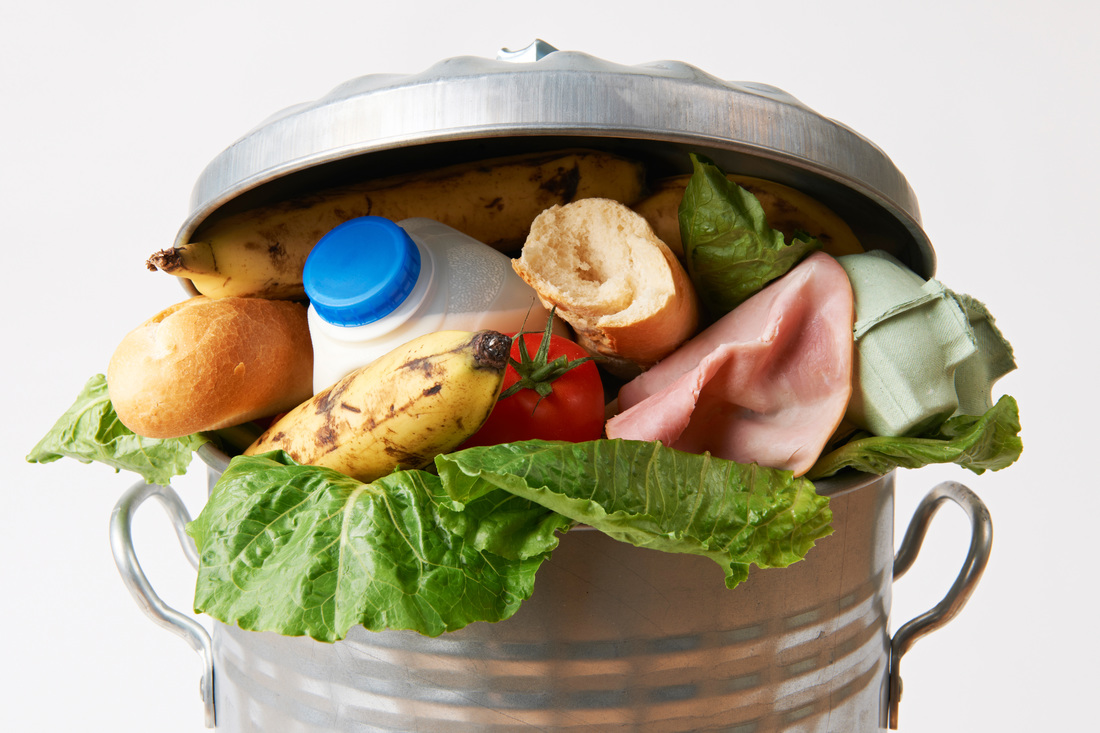|
Families in America throw away about 25 percent of the food they buy, often because of expiration dates on food packaging. For an average family of four, this waste is between $1,365 and $2,275 of lost grocery money every year. Many of us rely on these labels to tell us when it’s time to toss our food, but these labels are actually leading to a huge amount of perfectly edible food being wasted every year. To put a dent in our immense food waste — and to save hard-earned cash — it’s important to understand what those tricky "sell by,” “use by” and “best by” labels really mean. Many of us assume that these dates indicate when our food is no longer safe to eat. The truth is, these labels have little to do with how long food really lasts. Expiration dates are not based on USDA safety regulations, nor does federal law require them. Manufacturers and grocery stores put “expiration” dates on food to ensure customers have the best experience possible with their products. Oftentimes this means these dates are actually well before the food actually spoils. These dates are simply suggestions for when food is at its peak quality, yet most shoppers do not interpret them this way. In an effort to curb this unnecessary food waste, the UK recently revised standards for labeling foods. These regulations prevent many foods from being labeled with misleading dates. EatByDate.com can help you better determine when your food is truly spoiled. When in doubt, trust your nose, eyes and gut — but try not to rely too heavily on these confusing labels. You can also check out these tips for storing food so it will stay fresh as long as possible. Keep up with our blog for more tips on how to reduce food waste in your home, including recipes for leftovers and grocery shopping tips.
1 Comment
|
Pinnacle Prevention BlogFollow our blog for tips, insights and conversations about healthy living. Archives
June 2024
Categories
All
|
Location |
|


